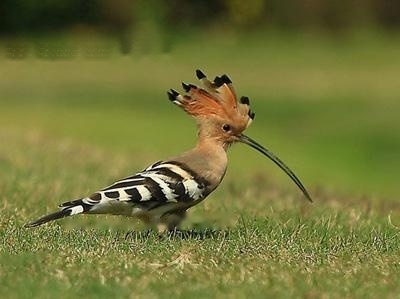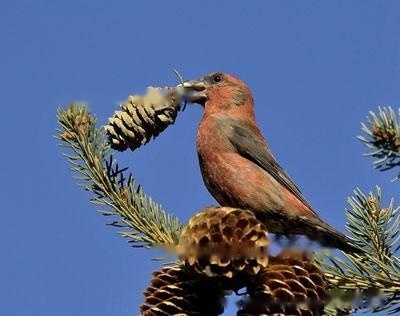Oriole mainly eat insects in the spring and summer, and mainly eat the fruits and seeds of plants in the autumn and winter. In the harvest season, it is a pest in the eyes of farmers, and they are good helpers for farmers in spring and summer. In nature, they can eliminate many pests, especially during the brooding period, they prey on a large number of pear star caterpillars, locusts, and moths. larvae etc.
Main feed: summer feed: find good quality chicken feed for half a catty, three taels of mung bean noodles, about 15 egg yolks, 3 taels of river shrimp powder, and mung bean The noodles and egg yolk are steamed and broken together with shrimp meal chicken feed, and then made into pellets.
Winter feed: the same as above, just add some shrimp meal and egg yolk in moderation (due to the different climates in different places, people can control the increase or decrease in winter).
Auxiliary feed: In summer, mulberries, bananas, strawberries, and other juicy soft berries and fruits should be fed with a small amount of fruit forks for a long time.
In winter, it is usually enough to give a piece of tomato a day. These are usually reared, moulted birds, and supplementary feeding of increased fruit and seasonal insects.




